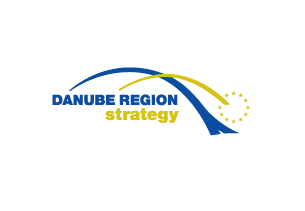Following the Routes4U call for proposals, six Cultural Routes of the Council of Europe have been awarded the Routes4U grant to implement projects contributing to the EU macro-regional strategies: the Danube Region (EUSDR), the Alpine (EUSALP), the Baltic Sea (EUSBSR) and the Adriatic-Ionian (EUSAIR).
The Cultural Routes programme (DG Democracy) was launched by the Council of Europe in 1987 with the Declaration of Santiago de Compostela.
The Cultural Routes of the Council of Europe are an invitation to travel and to discover the rich and diverse heritage of Europe by bringing people and places together in networks of shared history and heritage. They put into practice the values of the Council of Europe: human rights, cultural diversity, intercultural dialogue and mutual exchanges across borders.
Through its programme, the Council of Europe offers a model for transnational cultural and tourism management and allows synergies between national, regional and local authorities and a wide range of associations and socio-economic actors.
Source: www.danube-region.eu

